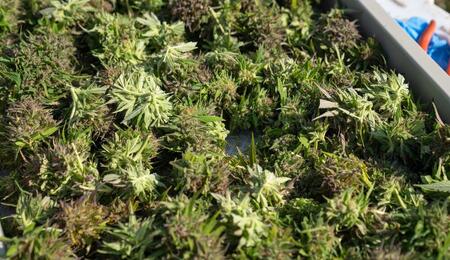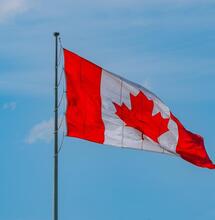Canada Struggles with Unsold Weed

In December of 2022, Canada's stockpile of unsold packed and unpacked weed stood at a whopping 1.5 billion grams (3.2 million pounds). Every year Canadians break new records in destroying unsold quantities of weed.
According to Health Canada, federally licensed cultivators stockpiled 1.39 billion grams of packaged and unpackaged inventory at the end of last year, while stores and wholesalers had at disposal 80 million grams of packaged merchandise. This pretty much illustrates that a supply-and-demand imbalance besets the country's cannabis industry.
Regulators and businesses have tried implementing various measures to improve the market situation. The country even saw the closing of some of its largest cultivation facilities.
For instance, last year, Tilray closed its Vancouver Island facilities, a flagship property where the Canadian giant launched operations nine years ago. And Aurora Cannabis pulled out from Edmonton, Alberta, one of the biggest facilities in the country.
In general, outdoor and indoor growing cultivation areas have been declining in the year past. There has been a reduction in the total greenhouse and indoor cultivation area by more than 30%.
But for now, none of these trends appear to have a substantial effect in correcting the market.
The oversupply of cannabis has pushed the prices of products and goods downward. Compared to 2018, retail prices of pot have fallen by about 30%, according to Statistics Canada's Consumer Price Index.
Even more, wholesale prices in Canada plunged by over 40% in 2022, according to the Canadian Cannabis Exchange (CCX), the live trading platform for B2B wholesale marijuana.
There are currently close to a thousand licensed producers of cannabis in Canada, competing in various parts of the federally regulated supply chain. The number of companies has been constantly growing since the start of legalization five years ago. For comparison, in 2021, there were less than 750 companies, and in 2019 their number was a little over 200.
Such a stormy increase in number has led to a hypercompetitive market. For some businesses, consolidation or filing for bankruptcy is the only way out.
Canadian outdoor cultivators yielded a record amount of weed during the last growing season. The harvest from September through November totaled 640 million grams, a year-over-year jump of 14%. In all of 2022, roughly 2 billion grams of cannabis was produced, according to Health Canada data.
Not even half of that weed was sold over the course of the year. Legal shops across Alberta, British Columbia and Saskatchewan reportedly sold around 360 million grams of dried flower and pre-rolls, suggests data coming from the Seattle-based firm Headset. These three provinces account for approximately three-quarters of the Canadian market.
What would happen with all the weed that remains unsold? Sadly, it will most probably end up destroyed. Just like last year when Canadian growers obliterated over 450 tons of unsold, unpackaged dried flower that dusted from the 2021 harvests. That number was up 50% from 2020, when 307 tons of weed were trashed. This year, it's evident that this figure will only continue to get bigger.

_11zon.jpg)











